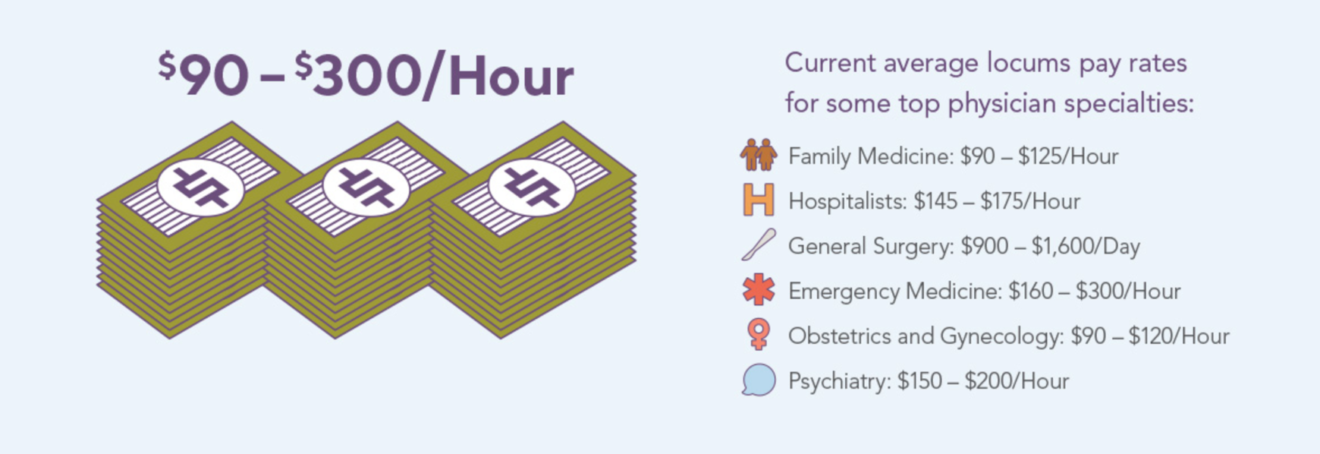How many times in a given week; month or year, do you think, you acknowledge having received and read legal documents you’ve barely skimmed through — if you even opened what you’re “signing off on” at all?
When you want to read an article online or download an app to your mobile phone or computer, do you even open up and scroll through the “terms and conditions” the website or app creator asks you to agree to (or tells you that you are agreeing to) if you continue?
In completing paperwork at a doctor’s office or healthcare facility, do you actually READ the provider’s HIPAA statement and financial policy? Or do you simply sign the documents?
If you’ve ever purchased a home, how many hours did you spend reading through that pile of documents before signing each one? (Personally, I seem to remember a signature ‘assembly line’, with all parties at the table resisting the prospect of said “closing” costing anyone involved an extra minute at the closing table.)
We’ve probably all, at one point or another, been guilty of selecting “I agree” on a legal terms and conditions agreement without reading said terms and conditions.
91% of people consent to legal terms and services conditions without reading them. Younger people ages 18-34 have an even higher rate with 97% agreeing to conditions before reading.
Two researchers from disparate universities studied how far consumers could be “conned” into going. They created a fake social-networking site called “NameDrop,” and wrote up the terms and services agreement for users to agree to before signing up.
In the agreement, the researchers included a disclosure for users to give up a firstborn child as payment. It also said that “anything the users shared would be passed along to the NSA.” Unsurprisingly, 98% of the participants agreed.
While the example is extreme, it further demonstrates the importance of reviewing any document thoroughly before formally agreeing to something.
So… to what extent are YOU willing to ‘expose yourself’ to enjoy clinical practice on your own terms?
Since medicine is a technical, risky business, it’s important to cover your bases and always carefully peruse your locum tenens contract before signing.
The typical physician contract has 3 main components:
- Job Description — The job description will dictate where you will work, how many hours a day and days a week you work, and how many patients you will see.
- Compensation — Make sure you understand how your compensation is calculated. There are several different ways to calculate your base, including per-shift payment (what if you stay late or do charts from home?), Relative Value Units (RVUs), hours billed, or revenue generated. (For the last 3, — what’s the staff-physician average? Also, ask if you’ll be paid as an employee or as an independent contractor. If paid as a contractor, you’ll need your retirement and benefits. Independent contractors must cover their benefits in addition to paying both employee and employer halves of Social Security and Medicare.
- Termination — What happens if you don’t like the job? What happens if they don’t like you? How much notice must you give and vice versa? What happens if you lose your license or hospital credentials? Under what grounds can they fire you “for cause”?



